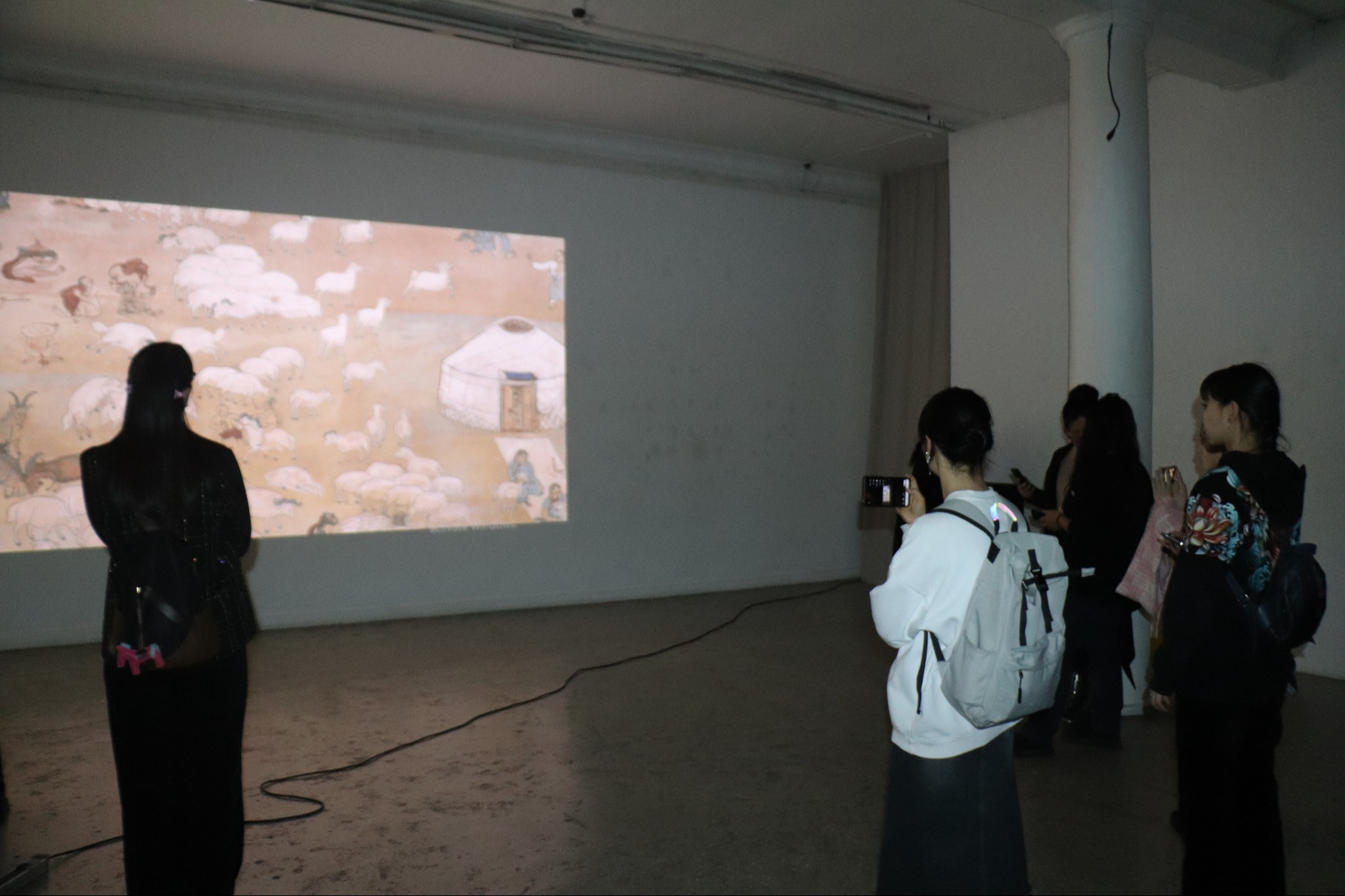
In a bold exploration of the intersection between tradition and innovation, the Fine Arts Zanabazar Museum has unveiled its latest exhibition, “Art and Digital Transition”. Running from November 15 to 24, this groundbreaking exhibition serves as a platform for showcasing the profound impact of digital technology on contemporary art practices in Mongolia, aiming to foster dialogue, exchange of ideas, and collaboration between artists, researchers, and technology experts.
As digital tools rapidly evolve, the creative landscape is witnessing a transformation where traditional art forms are reimagined through the lens of media art and digital installations. Recognizing this paradigm shift, the exhibition is organized in partnership with the Research Institute of Culture and Arts, positioning itself as a catalyst for research and experimentation in media and digital art. By doing so, it seeks to bring digital art into mainstream academic discourse, offering insights into how artists harness technology to create new forms of expression that challenge conventional boundaries.
The opening ceremony featured influential figures in the arts and cultural sectors. Dr. Ch.Altantsetseg, a prominent cultural historian and Director of the Research Institute of Culture and Arts, delivered a keynote address emphasizing the importance of digital transformation in revitalizing traditional art forms. She remarked, “As we embrace the digital era, it’s crucial that we see technology not as a replacement but as an enabler of deeper creativity and cultural preservation. This exhibition is a testament to the resilience and adaptability of art.” Dr. P.Baigali, Director of the Fine Arts Zanabazar Museum, echoed this sentiment, highlighting the museum’s commitment to exploring innovative approaches in curating exhibitions that resonate with a digitally-engaged audience.
The highlight of the opening was a captivating performance by B.Narandelger, an artist renowned for his mastery of traditional Mongolian instruments. B.Narandelger is also known for integrating beatboxing with the jaw harp, creating a fusion of sounds that encapsulate the spirit of the Mongolian steppe. His performance transported the audience through a sonic journey blending ancient melodies with contemporary rhythm, symbolizing the harmonious convergence of the past and the present.
Moreover, the exhibition features a diverse collection of digital artworks, including immersive video installations, interactive media pieces, and digital paintings, offering a glimpse into how Mongolian artists are embracing new mediums. Highlights include pieces that explore themes such as identity in the digital age, the preservation of cultural narratives through technology, and the environmental impact of digital consumption. The curation emphasizes works that challenge the viewer’s perception of art, inviting them to actively engage with the exhibits.
One notable installation is an augmented reality (AR) experience that allows visitors to interact with virtual representations of traditional Mongolian artifacts. By using a smartphone or tablet, visitors can visualize ancient relics in 3D, learning about their historical context while exploring their digital reconstructions. This innovative use of technology aims to bridge the gap between the tangible and the virtual, providing an educational experience that appeals to both young and older audiences.
“Art and Digital Transition” is more than just an exhibition—it is an invitation to reflect on the evolving role of art in our digitally connected world. It aims to inspire visitors to reconsider the boundaries of creative expression and to envision a future where art and technology coexist and complement each other.
The Fine Arts Zanabazar Museum welcomes all art enthusiasts, technology aficionados, and curious visitors to explore this unique exhibition, where the traditional meets the digital, and creativity knows no bounds.
By D.CHANTSALMAA